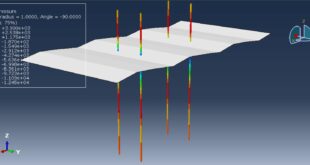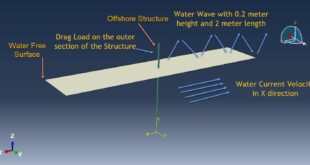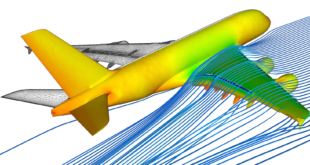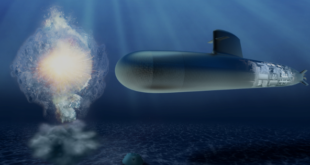Introduction to Glass Simulation and Analysis in Abaqus
Abaqus, a powerful finite element analysis (FEA) software developed by Dassault Systèmes, is widely used for simulating and analyzing complex mechanical behaviors in various materials, including glass. Glass, being a brittle material with unique properties such as transparency, hardness, and low ductility, presents specific challenges in simulation. Abaqus provides robust tools to model and analyze the mechanical response of glass under different loading conditions, including stress, impact, thermal effects, and fracture
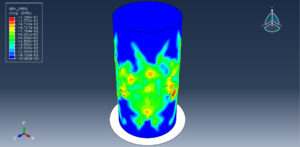
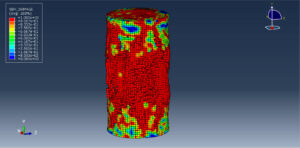
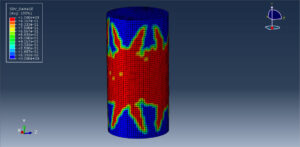
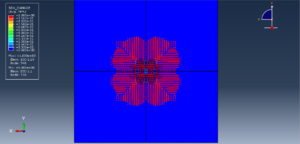
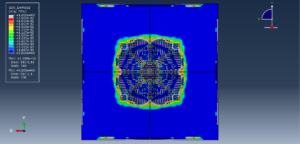
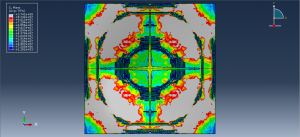
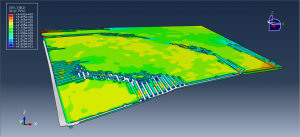
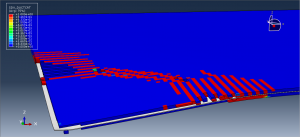
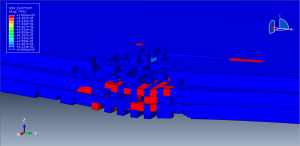
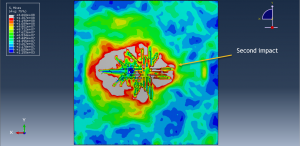
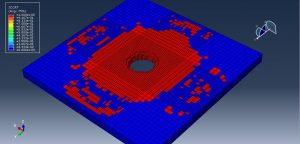
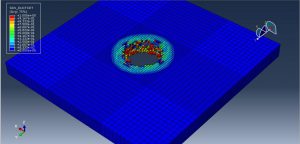
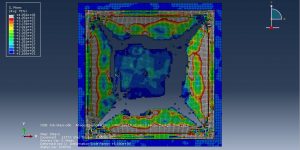
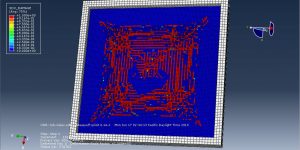
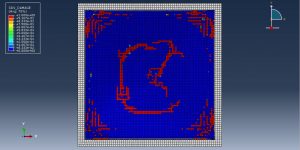
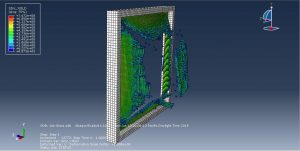
Key Aspects of Glass Simulation in Abaqus
Material Modeling
Glass is typically modeled as a linear elastic material in Abaqus due to its brittle nature. The material properties, such as Young’s modulus, Poisson’s ratio, and density, are defined based on the type of glass being analyzed
For more advanced simulations, such as those involving fracture or failure, Abaqus allows the use of damage models like the Brittle Cracking Model or Cohesive Zone Model (CZM) to capture crack initiation and propagation
Geometric Modeling
The geometry of the glass component (e.g., a window pane, glass bottle, or laminated glass) is created or imported into Abaqus. The software supports both 2D and 3D models
For laminated glass, multiple layers (glass and interlayer materials like PVB) can be modeled using composite shell or solid elements
Failure Criteria
Glass failure is often predicted using stress-based criteria, such as the maximum principal stress or von Mises stress
For fracture analysis, energy-based criteria (e.g., critical energy release rate) are used to determine crack growth
In dynamic loads like explosion, and impact, …dynamic fracture criteria would be better like the Johnson-Holmquist brittle damage model. By leveraging Abaqus’s capabilities, engineers and researchers can gain valuable insights into the mechanical behavior of glass, optimize designs, and ensure safety and reliability in various applications

In this package, there are Nine tutorials, each tutorial includes cae, inp, code of the brittle material like VUMAT, paper, and a step-by-step English video. During this package, you’ll learn all the details about ice in Abaqus. You can check the below as the tutorial content
A) simulation air blast explosion over the composite panel(glass+PVB) in Abaqus
B) Simulation repetitive low-velocity impact on the composite panel(three glass layers+two epoxy layers) in Abaqus
C) Simulation CEL explosion over the glass panel and damage investigation in Abaqus
D) Finite element simulation of air blast explosion over the glass in Abaqus-Damage analysis
E) Simulation of the ballistic impact of steel projectile to the soda-lime glass in Abaqus-Damage investigation
F) Simulation and Finite Element Analysis for Subsurface Damage in Glass under ball impact in Abaqus
G) Simulation Johnson–Holmquist-II model of glass under dynamic compression load in Abaqus
H) Simulation air blast explosion over a composite panel(Silica glass-Aluminum-CFRP) in Abaqus
I) Simulation close explosion test of a glass shield in Abaqus
The cost of this package is Sixty-Nine Euros, you can use a PayPal account(the best way), a Visa, or a Mastercard for the payment. If you have any questions, contact us at abaqusfem.com@gmail.com
 Abaqus tutorials Abaqus tutorials
Abaqus tutorials Abaqus tutorials
